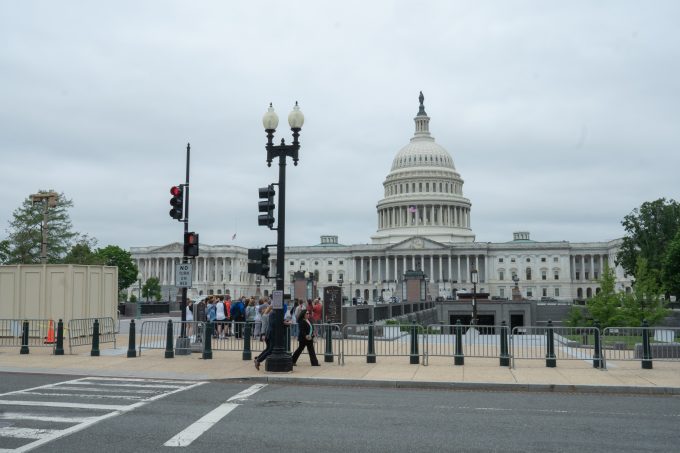The crypto sector saw a sharp shift today as a bipartisan group of U.S. senators unveiled a new legislative framework aimed at structuring digital-asset markets and clarifying regulatory jurisdiction. This development comes amid heightened volatility in Bitcoin and altcoins and signals that macro and policy factors remain central to crypto price action.
Market Reaction
Bitcoin (BTC) briefly slipped below the key support level at around $113,000, down nearly 2 % intra-day, as traders digested regulatory news alongside lingering concerns over U.S. jobs data and the strength of the dollar. At the same time, major altcoins pulled back: XRP, for example, declined approximately 3.5 % following renewed technical weakness, while Ethereum (ETH) edged lower by around 2 %. On-chain data suggests open interest in BTC futures contracts declined by roughly 4 % over the past 24 hours, a signal that leverage and speculative exposure are being trimmed. For institutions and sophisticated investors, the swift market response underscores how regulatory narratives now act as market drivers—and how crypto assets are increasingly moving in tandem with macro risk sentiment.
Regulatory Implications
The framework introduced by 12 U.S. senators seeks to update the outdated Bank Secrecy Act, proposing elevated reporting thresholds for crypto transactions and outlining clearer roles for the U.S. Securities and Exchange Commission (SEC) and the Commodity Futures Trading Commission (CFTC) in overseeing digital assets. This move comes at a time when global regulators are grappling with how to integrate cryptocurrencies into existing financial-market structures. From the perspective of institutional investors—particularly in Israel and globally—the announcement signals that crypto regulation is entering a maturation phase: compliance costs, custody standards and regulatory-risk premium are all likely to increase. Moreover, this regulatory clarity may distinguish jurisdictions that are attractive for crypto activity from those viewed as higher-risk or less transparent.
Investor Sentiment and Strategic Behavior
Investor sentiment appears mixed but leaning toward caution: while some long-term holders remain optimistic about crypto’s structural upside, short-term participants are reducing leverage and trimming positions—a dynamic mirrored in the 4 % drop in futures open interest. Behavioral data suggests whales and institutional accounts are shifting focus from outright bullishness to hedging and risk-management strategies. For example, the large-wallet movement of 8.6 billion USD in BTC did not immediately lead to a sell-off, indicating accumulation or internal repositioning rather than panic. Crypto investors, especially professional funds and family offices, are treating today’s regulatory headlines not as a trigger for speculative upside—but as a cue for operational due diligence, counter-party risk assessment and portfolio rebalancing.
Looking ahead, crypto market participants will closely monitor how the proposed U.S. framework shepherds into law, as well as its sequencing relative to upcoming macro releases such as U.S. employment data and inflation prints. Key opportunities may emerge around jurisdictions that expedite rule-making or crypto-friendly regulatory regimes, but risks remain substantial: regulatory missteps could trigger leverage crunches, and currency or macro shocks could weigh heavily on crypto flows. For institutional investors, the most material question is not only “what will crypto do?” but “how will crypto be regulated and integrated into the broader financial system?”













https://shorturl.fm/SwWX0
https://shorturl.fm/rglct